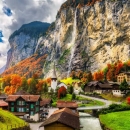
10 days in Andalusia in winter
When Amsterdam and London get too grey and rainy, sunlight in Scandinavia becomes a rare sight, and the weather in the Swiss Alps becomes too cold for anything bar skiing with 4 layers of clothes on, it’s probably time to admit to yourself that it’s time to take a vacation in warm and sunny Spain.
And if you’re at it, why not go to the warmest part of Spain? With its very distinct character shaped by the blend of Moorish and Spanish culture, Andalusia is known for its spectacular palaces, sunny beaches, fantastic food and medieval cities located at the foot of imposing hills and mountains.
How to get to Andalusia
It's very easy to get from Madrid to our first stop, Granada, in just a bit over 3 hours on a high-speed AVE train. It was during this train ride that I have traveled at the highest speed ever in my life in an on-ground vehicle – a whopping 300 km/h!
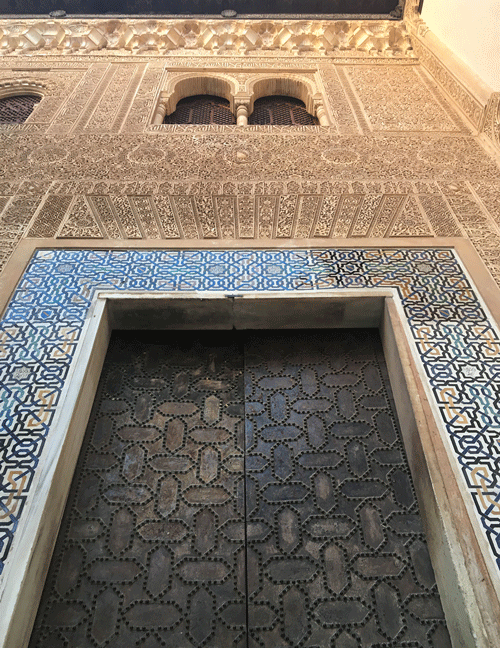
Days 1-3: Granada
Granada hosts what is probably the most famous attraction of Andalusia: the Alhambra, a gorgeous palace complex situated on a hill overlooking the city, most of it built in the 13th century. You can spend hours here exploring its lush gardens and admiring the palaces, with their heavily decorated rooms and typical Moorish courtyards.
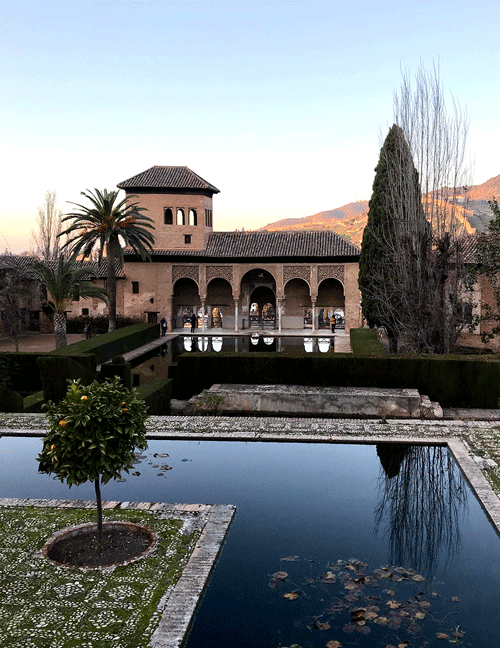
There is more to the city than the Alhambra, though. A highlight of our 10 days in Andalusia was to explore Granada’s narrow streets and bazars, the old Arab district of Albaicín. As well as the neighborhood of Sacromonte with its cave houses, from where the famous flamenco type of music and dance is said to have originated.
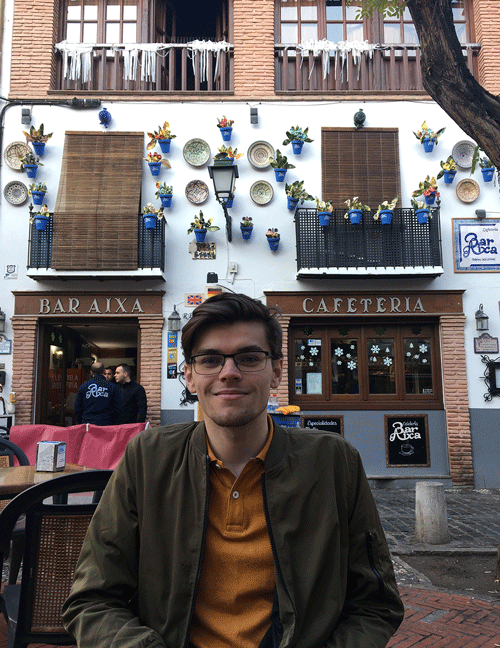
In Granada, I got a strong impression that the city is very unique. Everywhere you could find shops selling special souvenirs that I hadn’t seen anywhere else in Europe, and the streets were scattered with little stalls selling dried fruit, tea and spices.
Of course, I have saved the best news for food lovers for last – Granada is the only place that still maintains the old Spanish tradition that every bar in which you order a drink (beer, sangría, anything!) will serve you a free tapa. If you then order another drink, you get another plate, with a different dish. And we are not talking about olives or tortilla chips, but chicken stew, fried fish, chorizo, paella, salt beef. Should I go on?
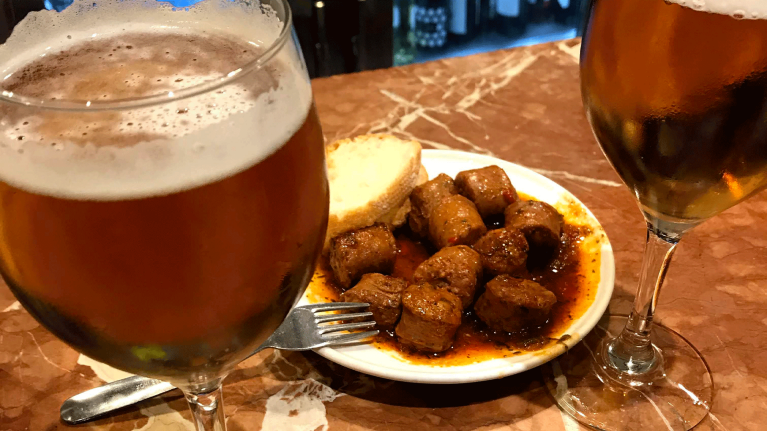
Day 4: Córdoba
Córdoba feels so quiet and serene that one can hardly believe that it had once been the largest city in all of Europe. Dating from those long-gone times is the symbol of the city, the Mezquita, an imposing mosque turned cathedral, today designated an UNESCO World Heritage Site.
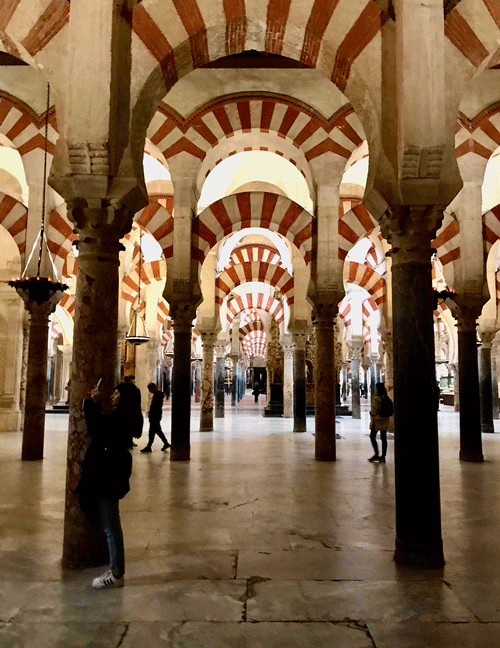
After such an architectural feast, we had to sit down at one of the many terraces lined next to the traditional Cordobés white-and-yellow houses and enjoy una cerveza fría.
My tip: Get to Córdoba early in the morning and leave in the evening for the next stop instead of sleeping there in order to only use 1 travel day from your Pass!
Days 5-7: Málaga
Málaga is a well-established favorite for expats and remote workers trying to escape the cold climate of the UK, Sweden or Belgium, but it has got just as much to offer for Eurailers.
It’s very easy to get to Málaga from Córdoba by train. There are 2 types of trains on this route, and if you are traveling on a budget, I would suggest taking an AVANT train instead of AVE. It’s only 10-15 minutes slower, but your stomach will thank you for the tapas money you will save on reservation fees, as AVANT reservations are cheaper than reservations for the AVE train.
Málaga felt to me like the most vibrant city in Andalusia, having a very glamorous yet cordial vibe. Parts of it feel like a large metropolis, other parts like the quaint Andalusian town, and yet again others like a loud seaside resort.
Here you can visit the museum dedicated to the city’s most famous resident, Pablo Picasso, and see the Alcazaba fortress with its panoramic views of the city. Don’t forget pay a quick visit to the Port of Málaga and to the Malagueta Beach to remind yourself that you are in a summer destination in the middle of January! Málaga is the kind of place where it’s delightful to simply sit at a terrace, enjoy a drink and watch people go about their business.
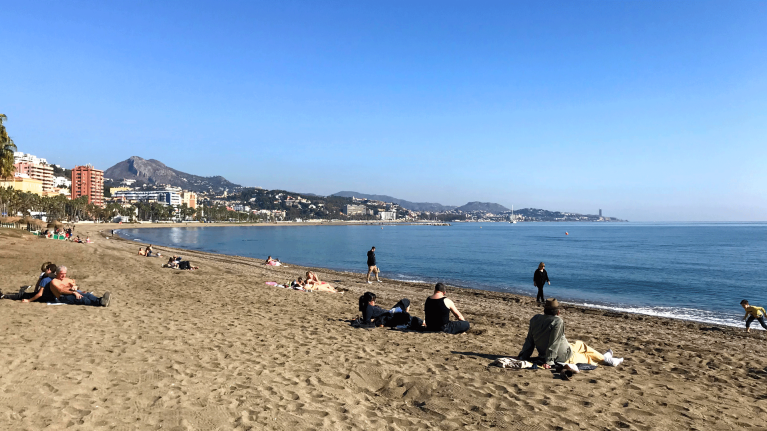
While we didn’t get to do it because we didn’t book it early enough in advance, the Caminito del Rey hiking trail seems like a lot of fun for the thrill seekers and is easily reachable with your Eurail Pass in half an hour by train from Málaga.
Days 8-10: Seville
Finally, Seville is the capital of Andalusia and its most populous city. Besides its charming city center, with its historic narrow streets, stately promenade, and local stores selling everything from fruit to flamenco dresses, there is a lot else to see in Seville.
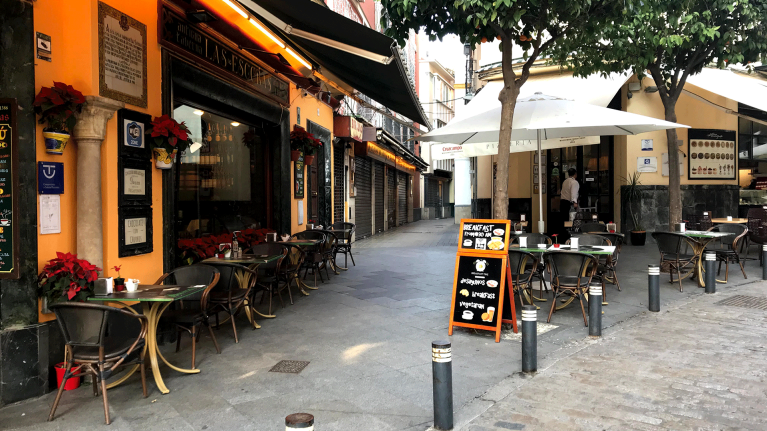
Back when world fairs were still a thing, Seville hosted the Ibero-American Exposition of 1929. For this event, the participating countries, including many former colonies from South America, built pavilions, monuments, statues and other structures in the Maria Luisa Park in central Seville. Today, many of these buildings still exist and can be seen in the park, including the famous Plaza de España.

Like any respectable city in the region, Seville also has a Moorish fortress totally worth visiting, the Alcázar. It is accessible from Seville’s main square, the Plaza del Triunfo, where you will also find the Cathedral of Sevilla, the fourth-largest church in the world! Don’t forget to climb its bell tower, the Giralda. It’s a perfect climb for those who hate stairs, as there are only 17 of them – the rest is made up of 35 ramps, making it possible back in the day to climb the tower on horseback.
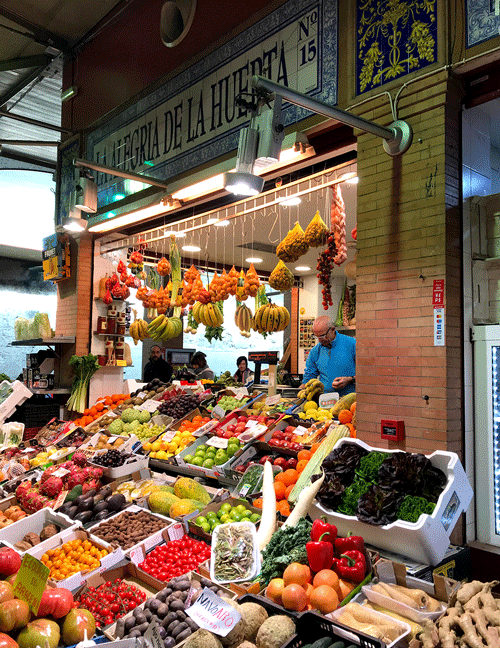
Tips for travelling Andalusia in winter
- The weather in Andalusia has been fantastic in early January. I am not exaggerating when I say that there has only been one partially cloudy day. The non-stop sun coupled with temperatures of 15-20°C during the day (even warmer in Málaga) made for amazing “winter” weather. In summer the temperature was over 40°C, so winter is definitely one of the best times to visit the region, and everything is much less crowded as well. Do take a warmer jacket with you, though, as it gets chilly at night.
- While it’s an absolute pleasure to simply walk around the cities, soak up the sun, and stop at terraces to have some tapas, it would be a bummer to go to Andalusia without seeing some of its top landmarks. In this region I have seen some of the most fantastic architecture I have seen in my life, so those places understandably get a lot of visitors even in the winter season. To avoid unpleasant surprises, try to book some sights early in advance: the Alhambra, the Mezquita of Córdoba, the Caminito del Rey and the Alcázar of Seville.
Change of currency
You cannot change the currency once you have a Pass in your cart. Remove the Pass, and then change the currency on the website header.

